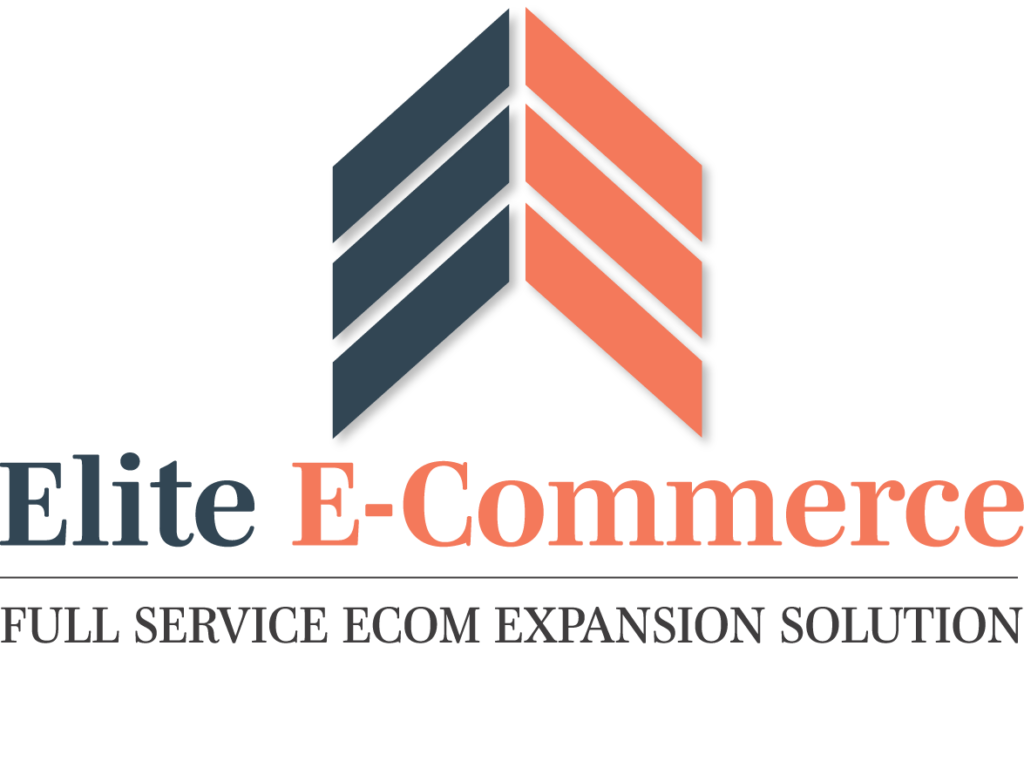In the world of B2B e-commerce, creating engaging content is essential to attracting and retaining customers. Your content should not only inform but also inspire action, whether it’s a purchase, a sign-up, or a share. Here’s a comprehensive guide to creating content that resonates with your audience and drives results.
Introduction
In today’s competitive market, simply having a product or service is not enough. You need to connect with your audience on a deeper level, and that’s where engaging content comes in. Engaging content not only captures attention but also builds trust and loyalty. In this guide, we’ll explore strategies for creating content that keeps your audience coming back for more.
Understanding Your Audience
The first step in creating engaging content is understanding your audience. Who are they? What are their pain points? What are they looking for?
By answering these questions, you can tailor your content to meet their needs and interests. Conduct market research, analyze data, and create buyer personas to guide your content strategy.
Crafting Compelling Headlines

Your headline is often the first thing your audience sees, so make it count. Use powerful words, ask questions, or make a bold statement to grab attention.
Your headline should be clear, concise, and relevant to your content. A compelling headline can entice readers to click and read more.
Utilizing Visual Content
Visual content, such as images, videos, and infographics, can help you convey your message more effectively and engage your audience.
Use high-quality visuals that are relevant to your content and appeal to your audience’s preferences. Visuals can help break up text, make your content more engaging, and increase shareability.
Incorporating Storytelling
Storytelling is a powerful tool for engaging your audience and creating an emotional connection.
Share stories that resonate with your audience’s experiences or aspirations. Use storytelling to humanize your brand and make your content more relatable and memorable.
Providing Value-Added Content
Offering valuable insights, tips, and solutions to your audience’s problems can help establish your brand as a trusted resource. Focus on providing practical and actionable advice that adds value to your audience’s lives or businesses. Your content should educate, inspire, or entertain your audience.
Leveraging User-Generated Content

User-generated content can be a valuable source of content for your brand. Encourage your customers to create and share content related to your brand or products. User-generated content can help build credibility, foster community, and increase engagement.
Implementing SEO Strategies
Optimize your content for search engines to improve its visibility and reach. Use relevant keywords, create high-quality content, and optimize your website’s structure to enhance your SEO efforts. SEO can help you attract organic traffic and increase your content’s visibility online.
Using Social Media Effectively
Engage with your audience on social media platforms by sharing relevant content, responding to comments and messages, and participating in conversations. Use social media to promote your content and drive traffic to your website.
Social media can help you reach a wider audience and increase engagement with your content.
Analyzing and Adjusting Your Content Strategy

Monitor the performance of your content using analytics tools. Pay attention to metrics such as engagement, click-through rates, and conversions. Use the data to refine your content strategy and improve your results. Analyzing your content’s performance can help you identify what’s working and what’s not, so you can make informed decisions about your content strategy.
Interactive Content
Create interactive content such as quizzes, polls, and surveys to engage your audience and encourage participation. Interactive content can help you gather valuable insights and feedback from your audience. It can also make your content more engaging and shareable.
Collaborating with Influencers
Partnering with influencers in your industry can help you reach a larger audience and increase your brand’s visibility.
Identify influencers who align with your brand values and audience demographics. Collaborating with influencers can help you amplify your message and reach new customers.
Email Marketing
Use email marketing to deliver personalized content directly to your audience’s inbox. Segment your email list based on interests and preferences to ensure your content is relevant and engaging. Email marketing can help you nurture leads, build relationships, and drive conversions.
Implementing Calls to Action (CTAs)

Include clear and compelling CTAs in your content to encourage your audience to take the desired action. Whether it’s making a purchase, signing up for a newsletter, or downloading a resource, your CTA should be relevant and compelling.
CTAs can help you guide your audience through the buyer’s journey and drive conversions.
Content Distribution Strategies
Distribute your content across various channels, including social media, email, and your website. Tailor your distribution strategy to each platform to ensure your content resonates with your audience.
Content distribution can help you reach a wider audience and increase engagement with your content.
Ensuring Consistency
Maintain a consistent voice and style across all your content to reinforce your brand identity. Consistency can help you build trust with your audience and make your content more recognizable.
Consistent messaging can also help you reinforce key brand messages and values.
Handling Negative Feedback
Address negative feedback promptly and professionally. Use feedback as an opportunity to learn and improve your content and customer experience.
Respond to criticism with empathy and a willingness to make things right. Negative feedback can provide valuable insights that can help you refine your content strategy and improve your brand’s reputation.
Data & Insights

- 82% of B2B buyers start their decision-making process with a search, highlighting the importance of SEO-optimized content. (Source: Search Engine Journal)
- Visual content is 40 times more likely to be shared on social media than other types of content, emphasizing the value of incorporating images and videos. (Source: Buffer)
- 71% of B2B buyers read blogs during their buying process, indicating the significance of informative and engaging blog content. (Source: Demand Gen Report)
- 74% of consumers are more likely to purchase from a brand that provides personalized content, underscoring the importance of understanding your audience. (Source: Forbes)
- Email marketing has an average ROI of $42 for every dollar spent, making it a highly effective channel for engaging B2B buyers. (Source: DMA)
- 67% of B2B marketers consider event marketing as their most effective strategy, showcasing the value of in-person engagement. (Source: Bizzabo)
Key Takeaways
- Understanding your audience is key to creating engaging content. Tailor your content to their needs, preferences, and pain points.
- Compelling headlines can grab attention and encourage readers to engage with your content.
- Visual content such as images, videos, and infographics can enhance your message and make your content more shareable.
- Storytelling can create a connection with your audience and make your content more memorable.
- Providing value-added content that offers practical insights and solutions can position your brand as a trusted resource.
- User-generated content can build credibility and foster a sense of community around your brand.
- SEO optimization can improve your content’s visibility and reach.
- Social media can be a powerful tool for promoting your content and engaging with your audience.
- Analyzing your content’s performance can help you refine your strategy and improve your results.
- Consistency in your messaging and branding can help build trust and recognition with your audience.
FAQs

Q: How can I create engaging content that resonates with my audience?
A: To create engaging content, start by understanding your audience’s needs and preferences. Tailor your content to provide value and address their pain points. Use compelling headlines, visual content, and storytelling to capture their attention and make your content more relatable.
Q: Why is user-generated content important?
A: User-generated content can help build credibility and trust with your audience. It also fosters a sense of community around your brand and encourages engagement. By leveraging user-generated content, you can amplify your reach and connect with your audience on a deeper level.
Q: How can I measure the effectiveness of my content?
A: Use analytics tools to track key metrics such as engagement, click-through rates, and conversions. Analyze the data to identify trends and insights that can help you refine your content strategy and improve your results.
Q: What role does storytelling play in creating engaging content?
A: Storytelling can help you create a connection with your audience by making your content more relatable and memorable. By sharing stories that resonate with your audience’s experiences or aspirations, you can create a more engaging and impactful content experience.
Q: How can I leverage social media to promote my content?
A: Use social media to share your content with your audience and encourage them to engage with it. Use relevant hashtags, respond to comments and messages, and participate in conversations to increase your content’s visibility and reach.
Q: How important is it to optimize my content for search engines?
A: Optimizing your content for search engines can help improve its visibility and reach. Use relevant keywords, create high-quality content, and optimize your website’s structure to enhance your SEO efforts and attract more organic traffic.
Conclusion
Creating engaging content as a B2B eCommerce seller requires a strategic approach that focuses on providing value, understanding your audience, and leveraging various content formats and distribution channels.
By following these strategies and continuously refining your approach based on data and feedback, you can create compelling content that resonates with your audience and drives results.






